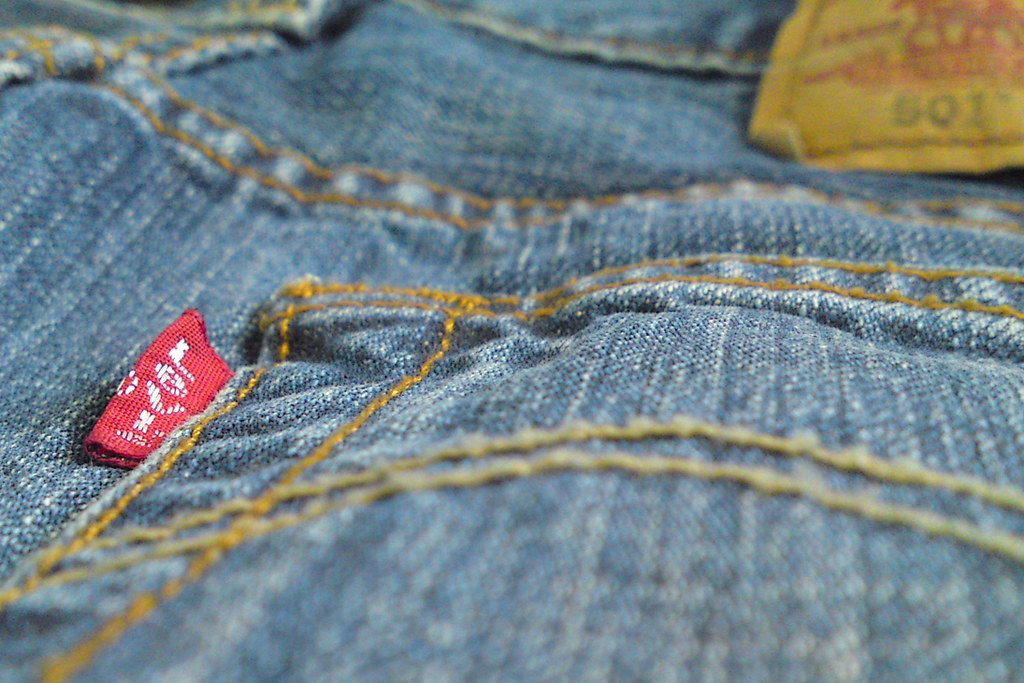Denim jeans are magical. Wear after wear, they mold themselves to ourselves. Denim jeans are hazardous. The way we produced these jeans in 1850s is far from eco-friendly. Jeans both document our personal experiences and reflect our societal shift towards environmentalism.
Denim also harbors a lesson for security capabilities. We’ll get back to that in a moment. But first, did you know Levi Strauss has a resident mad scientist?
That would be Bart Sights. Sights leads the Eureka Innovation Lab. When he joined Eureka, it didn’t look good. The techniques to produce and finish a pair of jeans used incredible amounts of water and left behind a bath of chemicals. Neither were concerns back in the 1850s when water was plentiful and production was a fraction of the scale it is today. To address this, Sights and his team kept the outcomes but tossed everything else. Starting with what makes jeans good jeans, the so called four Fs of fiber, fabric, fit and finish. Then working backwards to find different ways to achieve each. Eventually, Sights completely revolutionized the entire manufacturing process. Jeans stayed jeans. But the chemicals were filtered and recycled. And the water? Eureka’s process reduced water by 96%.
Bart Sights brought his love of denim and his need to innovate together, modernizing the means yet preserving the ends. The secret is to never forget where you are coming from. Sights’ earliest memory of denim goes back to getting three pairs of Levis ever school year. “I would watch with amazement as they changed and aged as I wore them every single day for a year, literally becoming a walking history of my experience and expression. To me, that is the magic of denim jeans.”
Patina. The design term for that sort of magic is patina. In jeans, this comes from the indigo dye and how it wears while being worn. Leather also develops a patina as it picks up oils from the skin and scuffs from the environment. The copper awning on your house oxidizing a lovely green? Patina. The counter-intuitive idea is using materials and creating designs which get better with age and use. The object becomes etched, documentation of where it has been, nostalgia manifest. If you’ve wondered why we love such items, now you know.
In cybersecurity, having people love us is a high target. Perhaps even out of reach. Still. When planning the implementation and ongoing operations, consider how the technology can develop a patina. Tuning a SIEM is one example, with each time making the rules and reports more comfortable. Machine learning has a natural patina as exposure to data wears it in and shapes it to reflect our organization. So, ML on email for fraud detection is another IT example. On the process side, slot time into operations to smooth out edges and improve the work. Much like Bart Sights re-envisioning production while keeping true to the outcomes, we too can squeeze a lot of water out of the process. Thoughtful design leads to a security capability which improves with age.
Design to wear in not wear out.

This article is part of a series on designing cyber security capabilities. To see other articles in the series, including a full list of design principles, click here.
Posted by